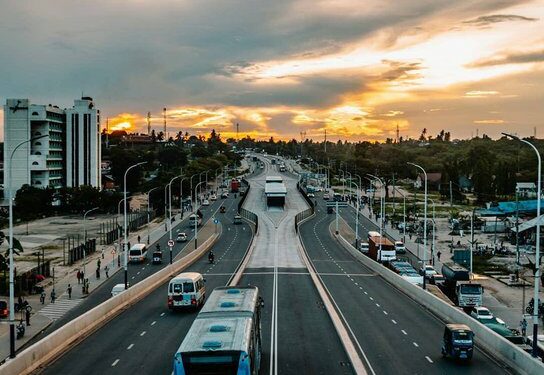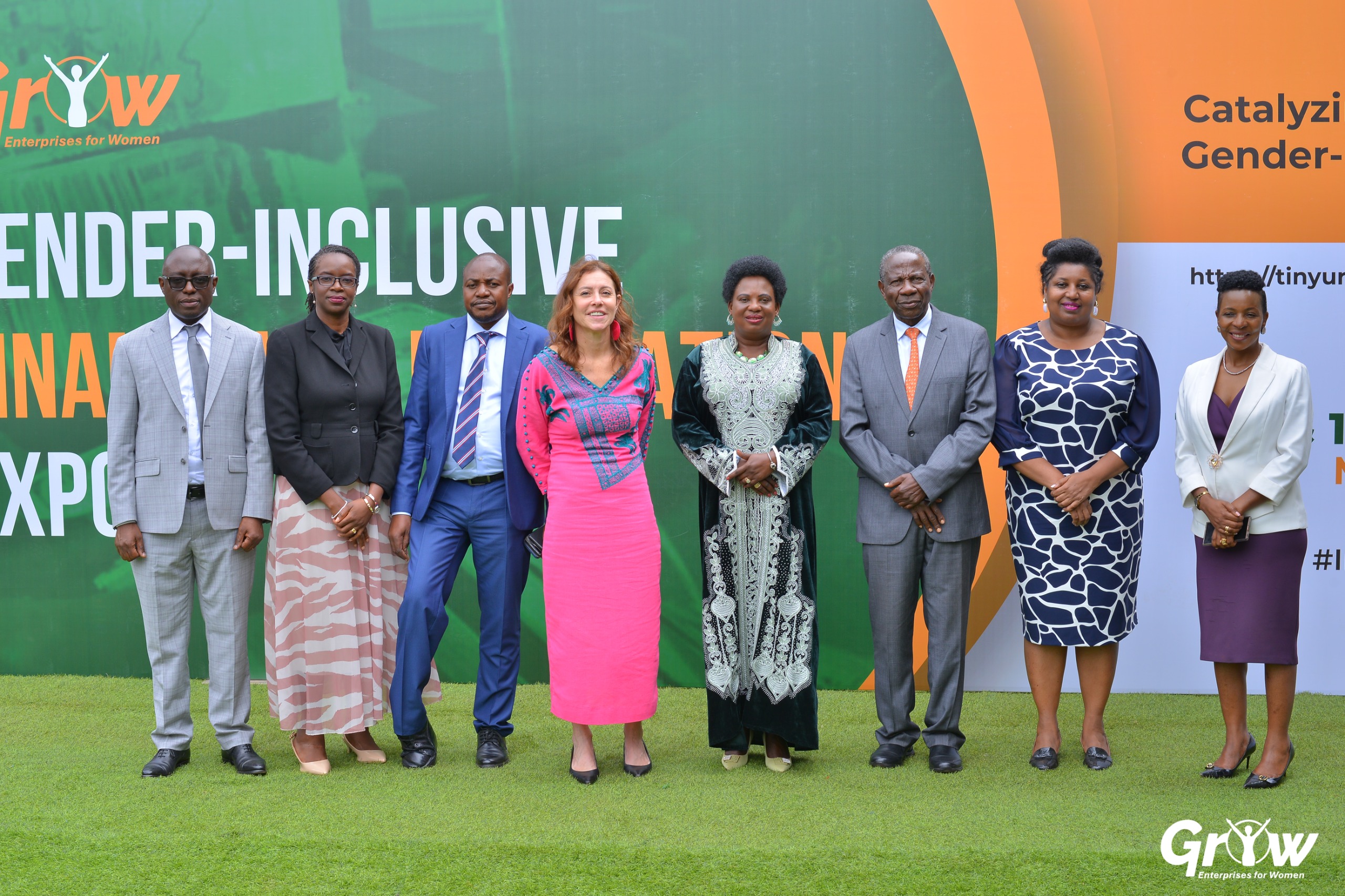For the past couple of days, I have watched and followed in amusement the trending debate on the pitiable state of the roads in our beautiful capital-Kampala. In one way, I have been amazed at the concern the issue has generated, beginning with the Deputy Speaker of Parliament, Thomas Tayebwa who raise the matter on the floor of parliament and even pushed for KCCA to appear before the August House to explain the state of affairs.
Without risking to appear indifferent to the plight of Kampalans, and Ugandans in general, I would like to humbly draw my fellow countrymen and women to the mega strides we have attained regarding the enhancement of our road network since 1986 when the current regime assumed power.
Uganda’s 21,000km road network is the key facilitator for the development of agriculture, commerce and trade – as well as the movement of people for business, social needs, leisure and the delivery of healthcare, education and extension services. The government recognises that an efficient road network is crucial to the success of its social and economic development initiatives, and critical in linking the centre to the periphery of the nation.
The last 60 years have been very challenging for the roads sector and transport in general. After Independence, the government invested in all-weather roads and by 1971, Uganda had more than 1,500km of paved roads.
Unfortunately, the roads built in the 1960s started to disintegrate in the 1980s at the expiry of their 15-year life, necessitating reconstruction. By 1986, when the National Resistance Movement (NRM) government came to power, the country’s road infrastructure was in a dire state of disrepair due to years of civil strife and economic mismanagement. The government’s first priority was to restore peace and security as a fundamental precondition for development. As security was gradually restored, the government began the implementation of its policy to develop an independent, integrated and self-sustaining economy with the road network playing a pivotal role.
Since 1996, the government of Uganda’s policy has been focused on improved transport and communication infrastructure for the accelerated development and consolidation of national unity, implemented through its road development programme.
In that regard, the 10-year Road Sector Development Programme (RSDP) focussed on providing a safe and efficient road network by removing the existing major transport flow constraints. Under the RSDP programme, paved national roads increased to 3,000km in 2008.
In July 2008, the government decided to increase funding to the road sector by UGX320bn (US$125.5m) annually for three years with a special focus on constructing transport corridors. This additional funding increased the overall budget for roads to UGX1.1trillion ($4.3bn – including development partner commitments, the road maintenance budget and the government’s development expenditure).
Most of the increase in funding was channelled through the Uganda National Roads Authority (UNRA), a new agency responsible for planning, building and maintaining the nation’s roads. It marked the first time that the government was allocating its funds for development projects without external support.
UNRA has started delivering on its mandate. In the last ten years, paved roads have increased to over 5,500km and are expected to increase to over 5,000km by 2017 with 1,500km of major roads under construction. The construction of over 2,000km of roads has been started since 2013.
While the last 60 years have been challenging for the roads sector, the next 50 years are going to be very exciting. Improved management capabilities with increased funding from the government from anticipated oil revenues, will totally change the face of road construction and maintenance in the country.
Construction of the 51.4km Kampala–Entebbe Expressway project has also been completed providing an efficient mass transit route between the two most important cities in the Greater Kampala Metropolitan Area and Entebbe International Airport. A new Nile Bridge in Jinja has also been added to the many transport infrastructure to further boost trade.
Today, the road network comprises 21,000km of national roads; 13, 000km of district roads; 2,800km of urban roads and about 30,000km of community roads, connecting communities, and districts as well as linking landlocked Uganda to neighbouring countries. Rapid development is expected to continue, especially as the indigenous oil sector develops in the coming years. The existence of a sound road network and transport sector,, in general, will ensure the development of agriculture, industry, and commerce.
The road network in Uganda, therefore, comprises National Roads, District Roads, Urban Roads and Community Access Roads (DUCAR). In the financial year 2020/21, a total of 341km of national and town roads i.e. 221km and 120 km respectively, were substantially completed, 16 bridges on the national road network were completed and 167.7 km of national roads were rehabilitated.
The total paved stock of the national road network by the end of the financial year stood at 5,591km (26.6%) while the condition of the network was above the NDP III targets, with 96.6% for paved and 81.7% for unpaved roads in fair-to-good. Also, UNRA received a ferry from the Ministry of Works and Transport, which will operate on Lake Basina.
On the DUCAR network, a total of 387.32km out of a target of 567.2km the district roads were gragravelledubstantially finished 11no. (4 No. of which were cable foofootbridgesut of the fifteen (15) bridges 8.04km of urban roads were rehabilitated and upgraded to bituminous standard out of a target of 14.7km. Lastly, 890km of community access roads out of a target of 1,269.6km were rehabilitated to completion. Works were on-ongoing the end of the financial year for the remaining kms.
The writer is the Deputy RCCfor Soroti District
Do you have a story in your community or an opinion to share with us: Email us at editorial@watchdoguganda.com














